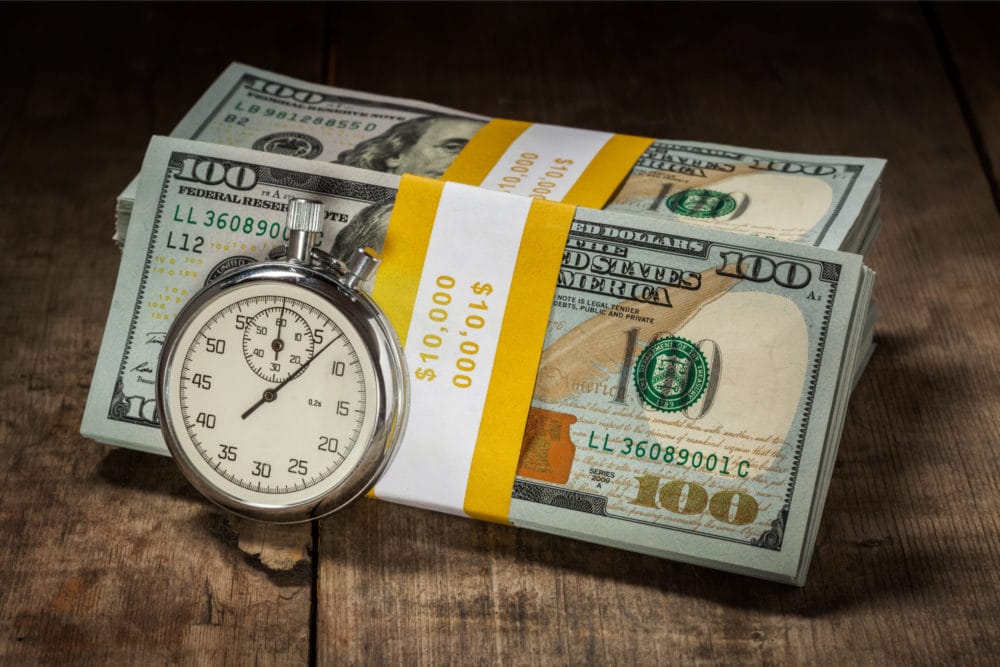By David Wallace-Wells | New York Times
There are not many more contested abstractions in the contemporary world than progress. Are things getting better? Fast enough? For whom?
Those questions are, in a somewhat singular way, tied symbolically to Bill Gates. By objective standards among the most generous philanthropists the world has ever known, Gates is seen more and more by critics, in a time of intensifying income inequality, as a creature of the Pollyannaish plutocracy — with the billions given each year by the Bill & Melinda Gates Foundation perhaps more significant as a symptom of the world’s problems than a potential solution. Even a partial one.
In 2015 the United Nations established 17 sustainable development goals — measurable benchmarks of human progress that might guide a path “to end poverty, fight inequality and stop climate change by 2030.” Every year since 2017, the Gates Foundation has released a sort of progress report tracking key data points: poverty, malnutrition, maternal mortality and 15 more.
This year, at the halfway point, how do things look? “Seven years in, the world is on track to achieve almost none of the goals,” Gates and his ex-wife, the foundation’s co-founder Melinda French Gates, write in the introduction to the latest report. On poverty, the goal was to eradicate extreme poverty, and since 2015, the percentage of the world living on less than $1.90 a day has fallen only to about 8 percent from just above 10 percent; on malnutrition, the prevalence of growth stunting in children under 5 is still above 20 percent; maternal mortality is more than twice as high as the standard set by the 2015 goals. “As it stands now, we’d need to speed up the pace of our progress five times faster to meet most of our goals — and even that might be an underestimate, because some of the projections don’t yet account for the impact of the pandemic, let alone the war in Ukraine or the food crisis it kicked off in Africa,” the introduction reads.





